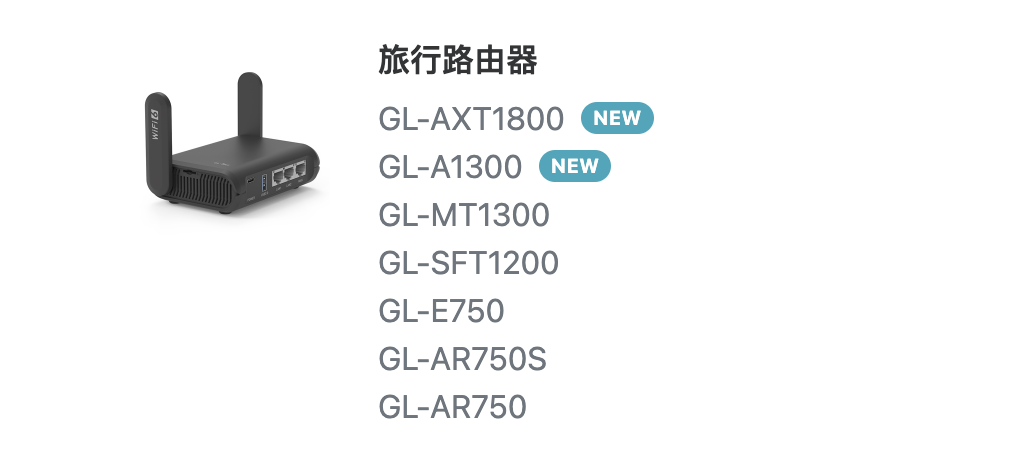OpenWrt Router

User Experience
I purchased a GL.iNet SFT1200 from a certain online store, which is a portable router for travel. Although it runs on the OpenWrt system, it comes with an official management backend.

In the Advanced Features, there is an entry for LuCI, allowing access to the native OpenWrt backend.
If you are only looking for Wi-Fi, this router does not offer good value for money compared to other commercial brands, and we definitely need to expand its capabilities ourselves.

Experience
Not So User-Friendly
This GL-SFT1200 uses a domestically produced chip, so when installing expansion scripts, various strange issues arise.
I strongly suggest using ARM, Raspberry Pi, Orange Pi, NanoPi, or going straight for an x86 soft router.

Due to continuous support issues with expansion scripts and various minor problems, I found a pre-compiled firmware online and re-flashed the entire system, which indeed allowed the expansion scripts to work.
However, it occasionally disconnects and even enters the default installation interface. Fortunately, a power cycle can restore it.
Other Models
For portable products, other models have stronger performance, and the chips used are naturally not cheap domestic ones.
However, the price will be higher, and whether there will be some Schrödinger-like issues remains to be seen.

Portable and Handy
The decision to use a travel version router is for the convenience of carrying. Although I don’t travel often, in the current environment, there is always a possibility of being assigned or restricted to an unfamiliar place. A portable OpenWrt router with built-in Wi-Fi, and the ability to use a 4G module, becomes very important.
